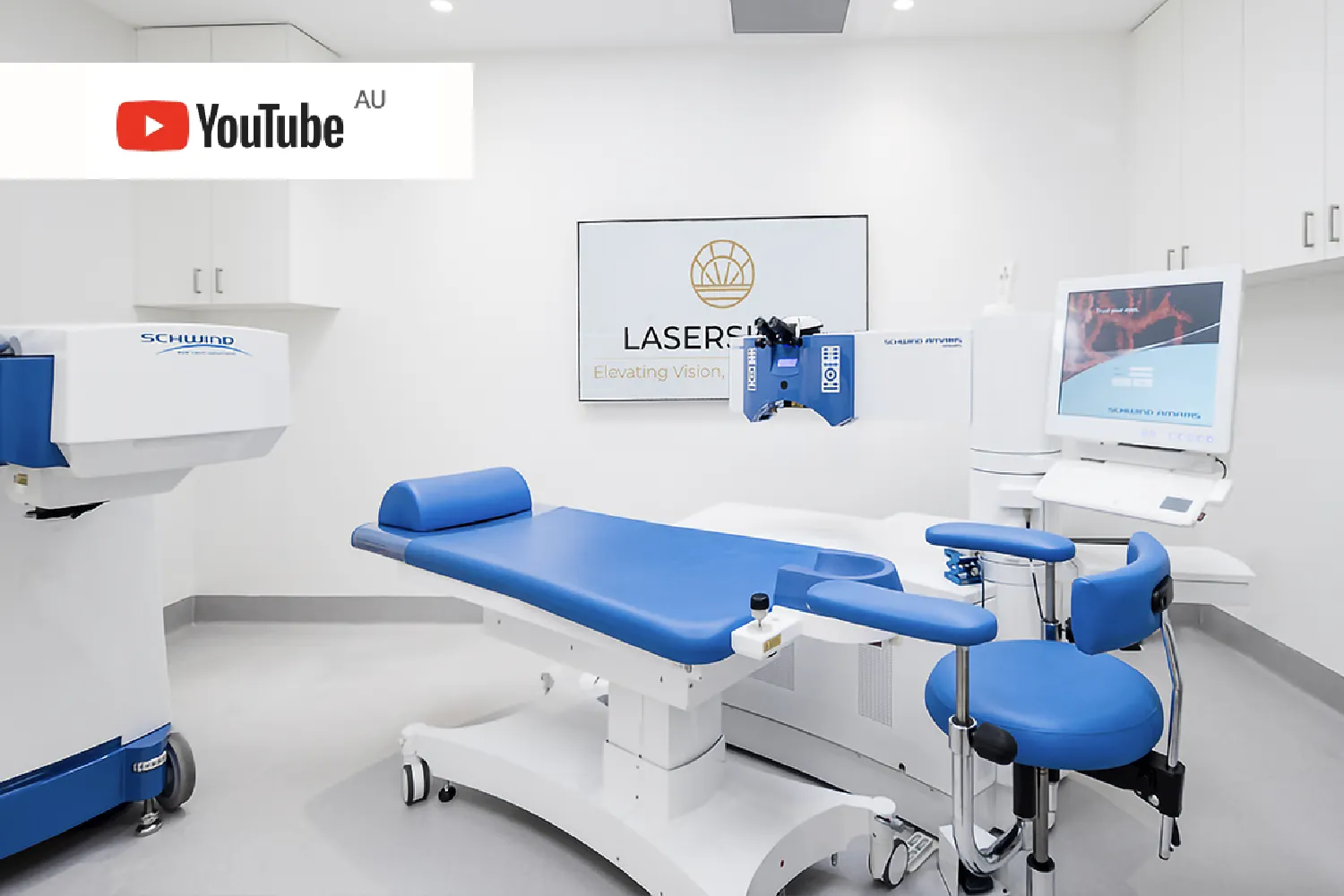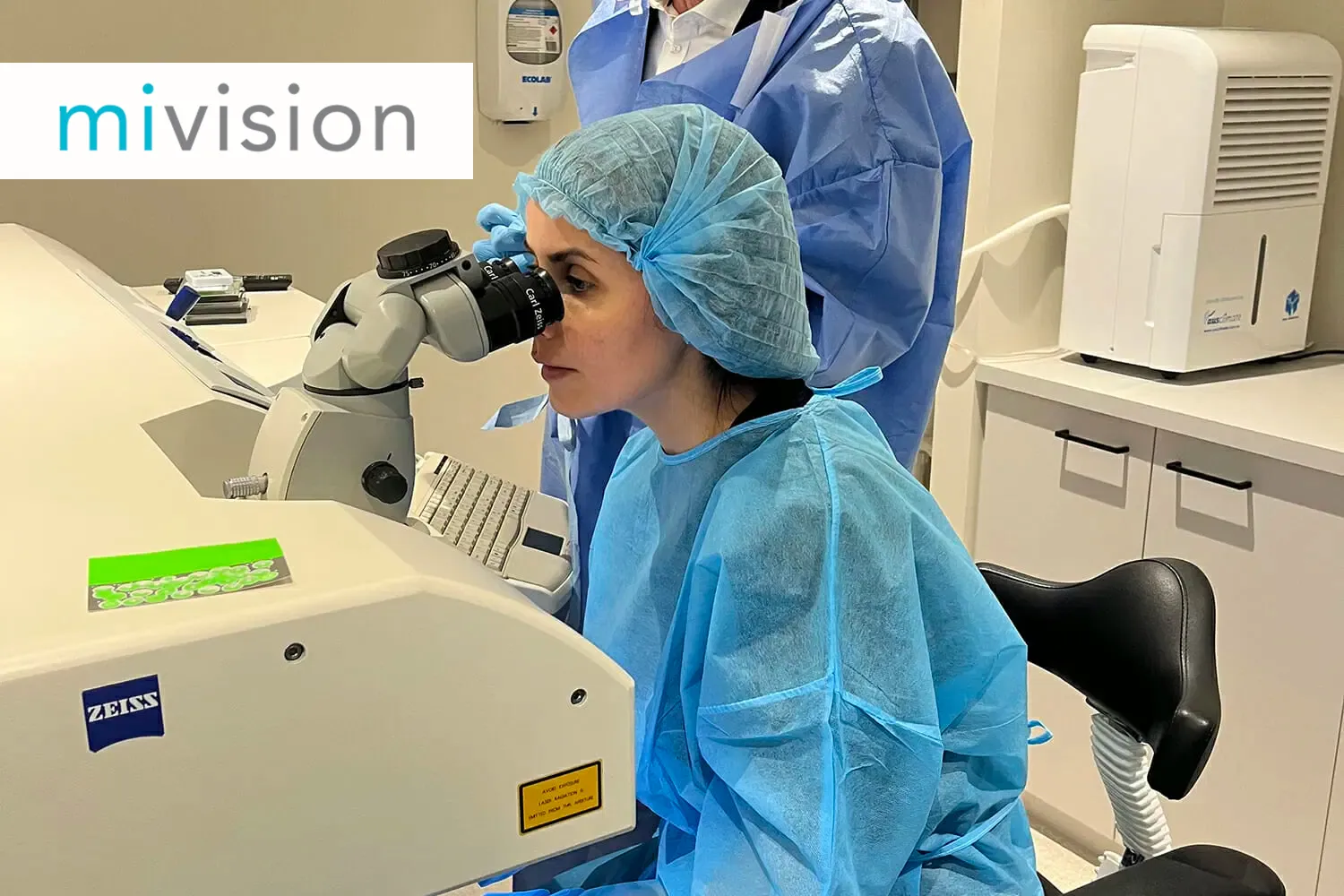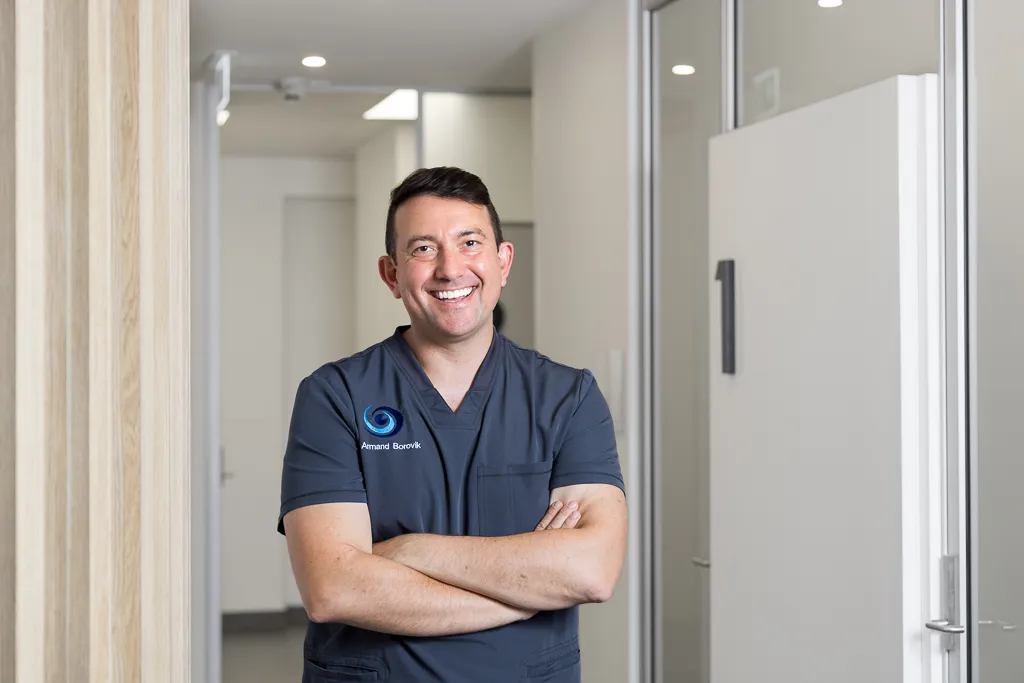
Arthritis of the hip is a progressive condition. Over time, the cartilage of the hip joint thins or wears away, which can be extremely painful, and may lead to progressive stiffness of the joint, difficulty walking, and even instability and falls.
Symptoms of Hip Arthritis
Commonly hip arthritis presents with pain in the groin. In 10% of patients, pain may be isolated to the side of the hip or the buttock, or even travel along the thigh to the knee. It could be misinterpreted as back pain or knee pain.
Treatment of Hip Arthritis
The most effective and reliable surgical treatment of symptomatic arthritis is a total hip replacement; however, some non-surgical options may help temporarily manage painful symptoms. Though these non-surgical options will not reverse the pathology. These include;
- Anti-inflammatory medications (NSAIDS), which must be taken
under the guidance of a treating health care professional such as
a general practitioner; - Injections within the hip of steroid (cortisone) or lubricants (hyaluronic acid); and
- Gentle exercises for the hip may be beneficial to help maintain flexibility and range of motion, as long as they do not exacerbate pain.
Hip replacement surgery should be considered in consultation with your treating healthcare professional. The symptoms that commonly indicate the need for surgery are;
- Pain is severe, constant, and present even at rest
- Your quality of life, sleep, activities of daily living are being negatively affected by pain
- Your ability to function normally, i.e. difficulty in putting on shoes/socks or getting out of a chair
- The benefits of the surgery outweigh the risks
Total Hip replacement
Traditional hip replacement surgery involves making an incision on the side of the hip (lateral approach) or the back of the hip (posterior approach). Both techniques involve detachment of muscles and tendons from the hip to replace the joint. The detachment of these muscles may result in increased pain after surgery and often prolongs the time to fully recover by months or even years.
Direct anterior hip replacement is a minimally invasive surgical technique that allows the hip joint to be replaced without detaching any tendons or cutting into muscles, this often results in quicker recovery and allows patients to return to normal daily activities shortly after surgery.
The likelihood of success after a total hip replacement has been reported as 90-95%. Success is generally defined as a significant improvement in pain, increased ability to function normally, and improved quality of life.







